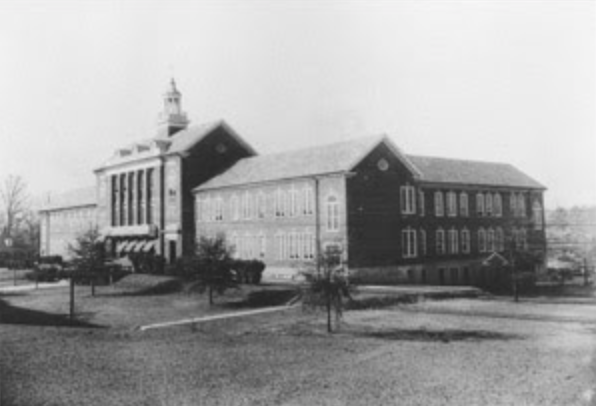Today, this school building is seemingly ordinary – students with backpacks chat with their friends, struggling to carry their textbooks and school projects, as the busses line up outside on the street. Durham High School, founded in 1922 and now known as Durham School of the Arts, was a crucial site in the…
Civil Rights
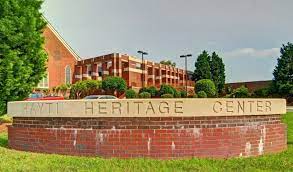
It is impossible to miss the grand steeple topped with a Haitian vevè and the elegant stained glass windows of the Hayti Heritage Center as…
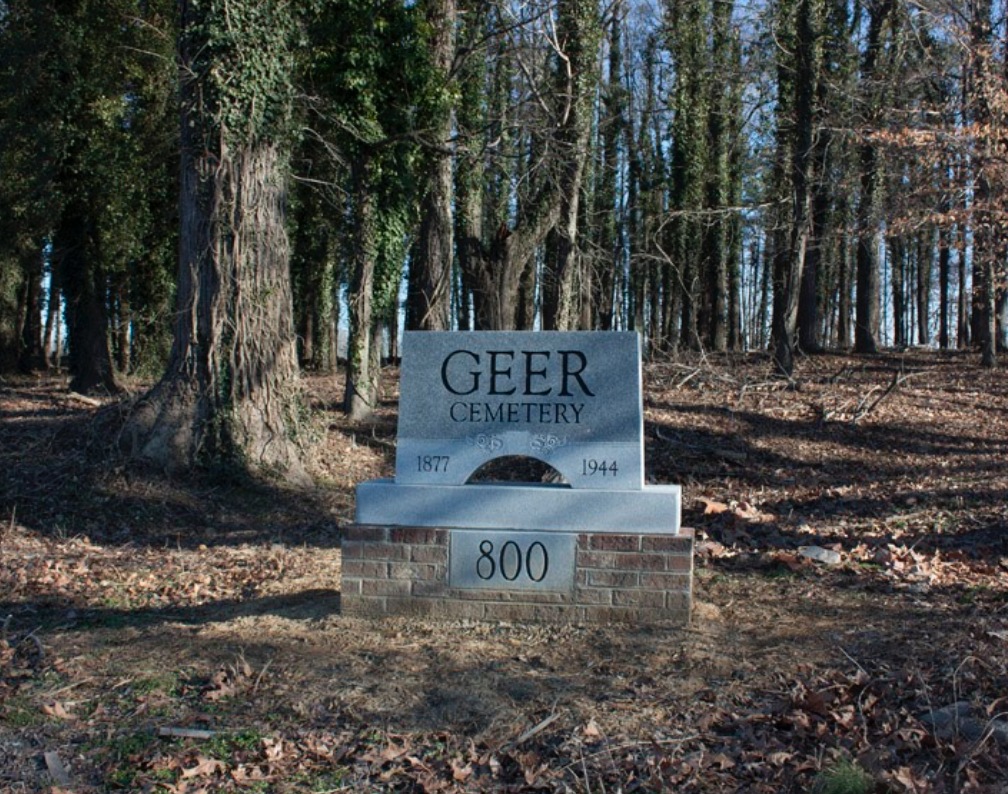
Geer Cemetery is the final resting place for many notable members of Durham and North Carolina’s Black community including Edian Markum, founder of St. Joseph’s A.M.E. Church, Margaret Faucette, the founder of the White Rock Baptist Church, and Augustus Shepard, whose son founded North Carolina Central…
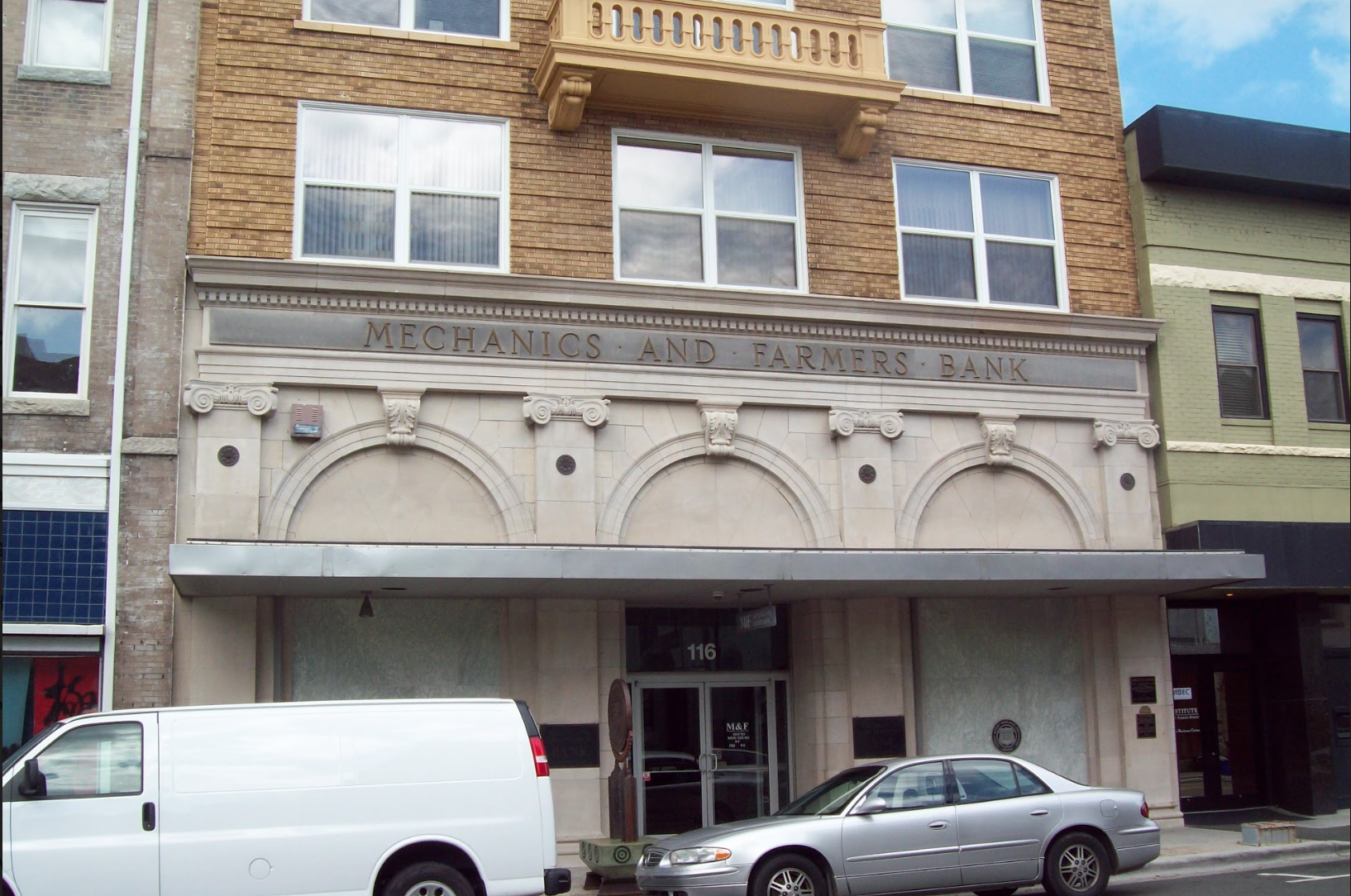
Mechanics and Farmers (M&F) Bank was established in 1907 to advance African American progress and build economic power. It is located in a National Historic Landmark building on Parrish Street, once known as Durham’s Black Wall Street. Its founders—R.B. Fitzgerald, J.A. Dodson, J.R. Hawkins, John Merrick…

In 1927, Marian Anderson, a famous African-American opera singer, performed at the Carolina Theater to a Black and white audience. Despite being granted admission to this event, Ms. Anderson’s Black fans were forced to enter through a different door, pay at a separate ticket booth, and use seats that required…
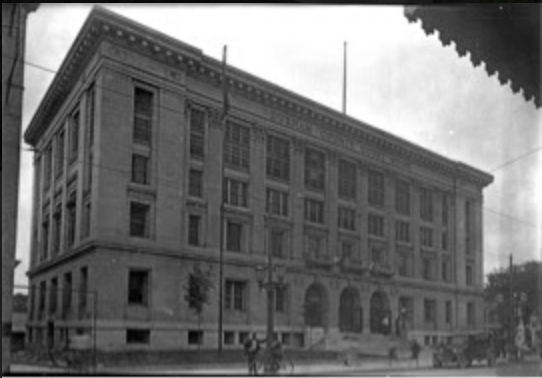
Singing songs and carrying signs that read, “To Make Democracy More Than a Word,” students marched from North Carolina College to downtown Durham, where they entered restaurants and stores that upheld segregation policies. The passionate students refused to disperse until the police hauled 130 of them off to…
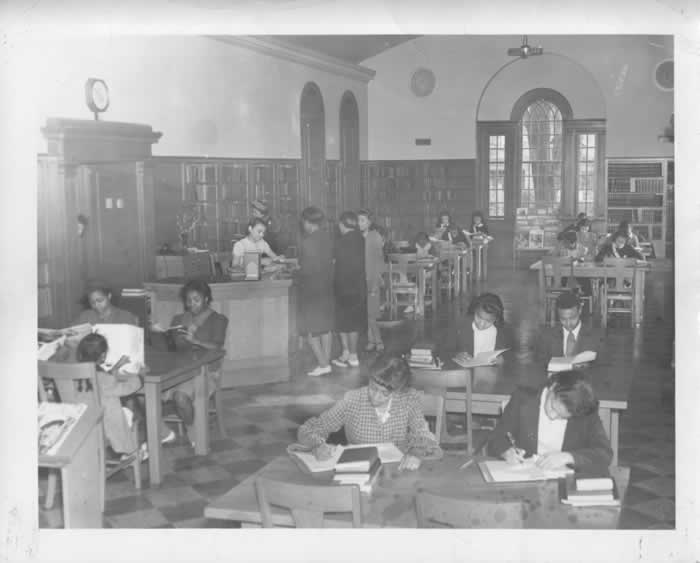
African American leaders in Durham understood the power of the word. They knew their community needed a safe haven where they could gather to read, learn, and discuss ideas. Thus was born the Durham Colored Library, later renamed as the Stanford L. Warren Library. …

“What shall we teach our children about race and race relations?” This question from Wallace Nelson, a Cincinnati representative of the Congress for Racial Equality, silenced the Hillside High School Parent-Teacher Association meeting on January 14th, 1952.
…
Imagine a center of creativity and collaboration during the fight for civil rights; a place where leaders and protestors alike could come to stay the night and share their passions. Now imagine a family home on Roxboro Street, does that match up with what you had in your head? Maybe not but the McKissick family home, known as the “Freedom House…
